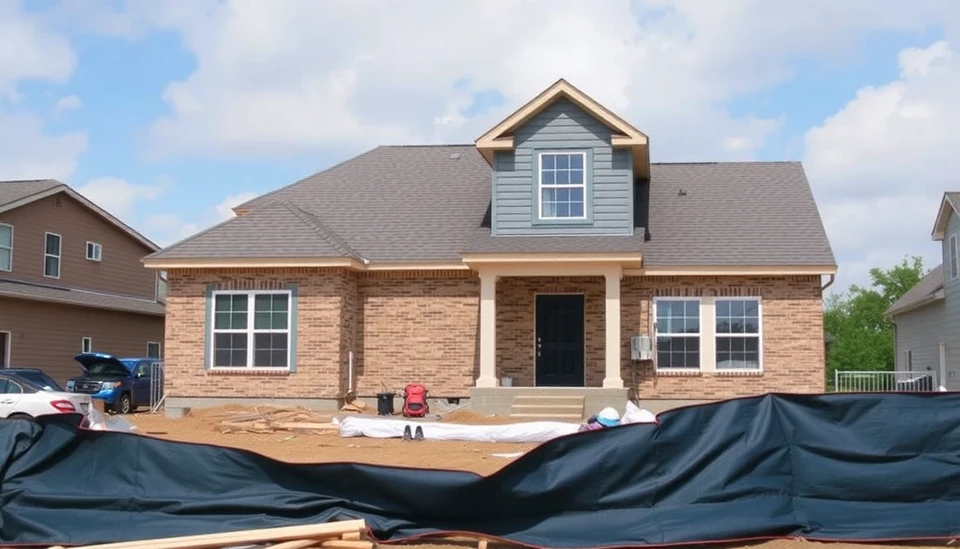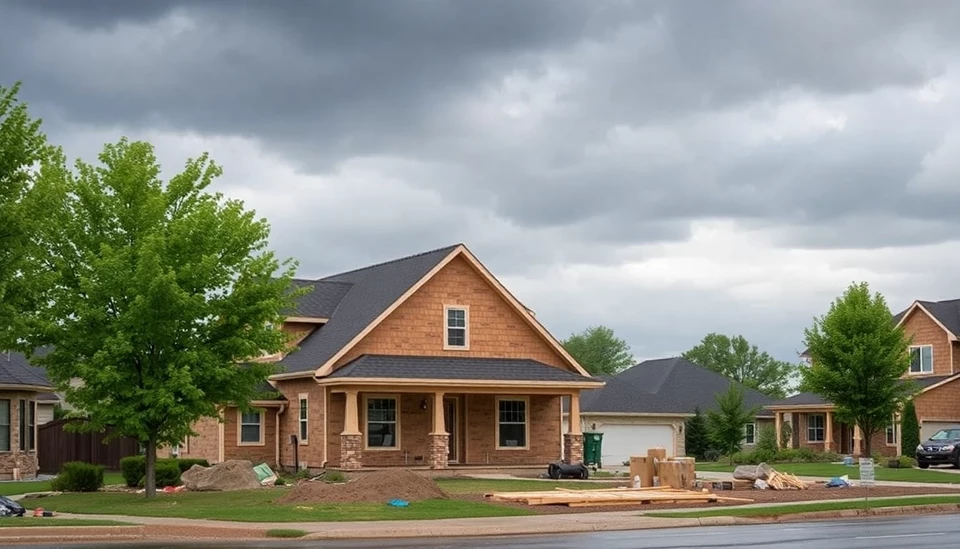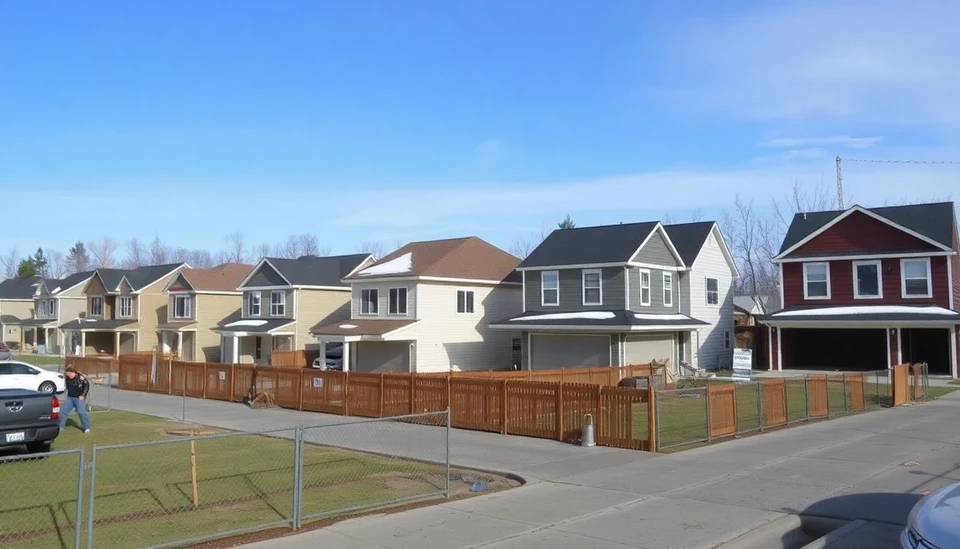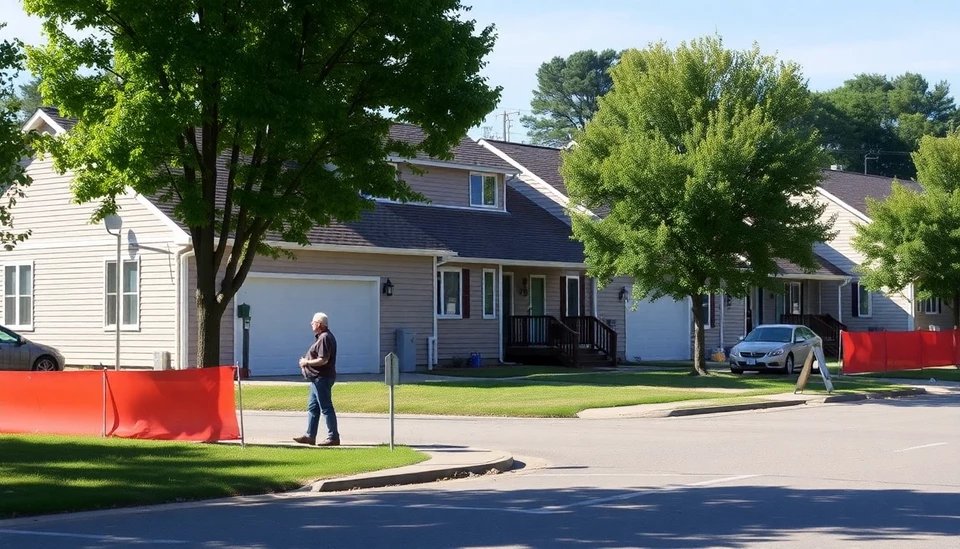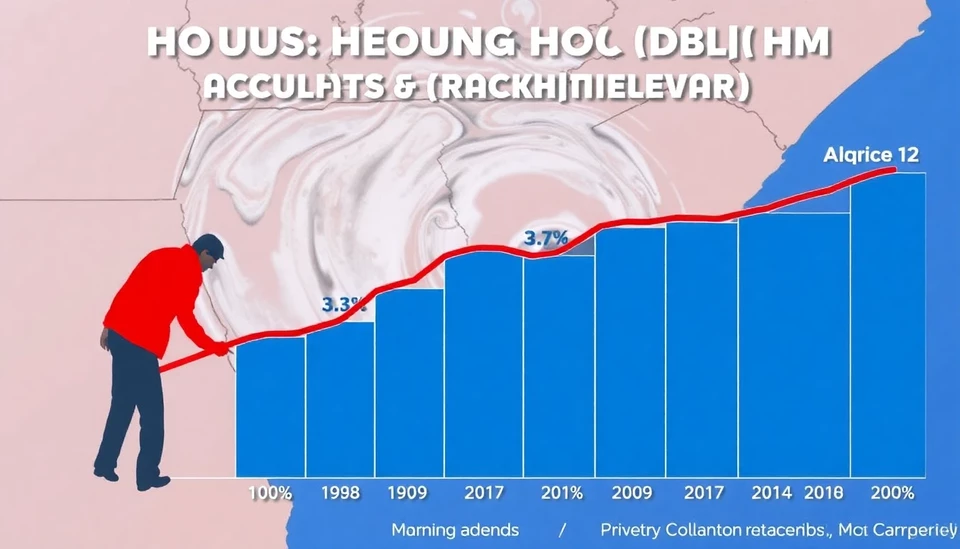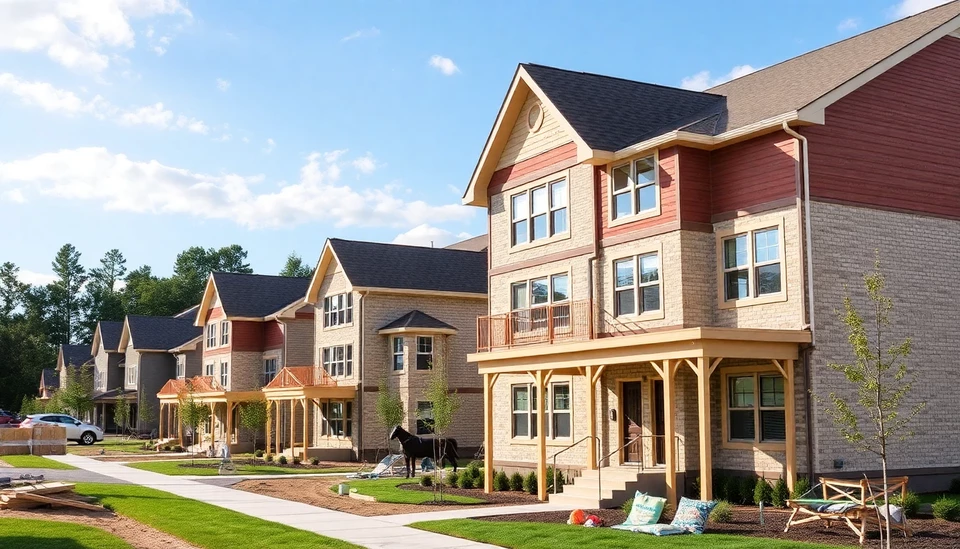
In an unexpected turn of events, the latest data on housing starts in the United States has outperformed all forecasts, primarily fueled by a significant surge in multifamily construction. The robust numbers reflect a shift in the housing market that suggests a growing demand for apartment-style living amidst evolving demographic trends.
According to the latest report from the U.S. Census Bureau, housing starts rose to an annual rate of 1.678 million in December, surpassing economists' expectations. The figure marked a notable 9.8% increase from the previous month, highlighting a strong momentum in the construction sector as the nation moves into the new year. This growth is particularly impressive given the prevailing economic uncertainties that have impacted many other sectors.
A standout feature of these figures is the remarkable growth in multifamily construction projects, which have seen a notable resurgence. This segment accounted for a significant share of the overall increase in housing starts, with reports indicating that permits for building multifamily units reached record levels. Analysts attribute these trends to a variety of factors, including an increasing population in urban areas and changing lifestyle preferences among younger generations who favor rental options over homeownership.
The multifamily spike reflects a growing acceptance of alternative living arrangements, driven by factors such as rising interest rates and economic constraints that make home buying less feasible for many. Indeed, as more individuals and families opt for rental living, the demand for well-designed, amenity-rich apartments has surged, prompting developers to pivot their projects towards multifamily units.
Industry experts are optimistic about the prospects for housing construction in the upcoming months, as demand shows no signs of slowing. However, some caution that despite the promising numbers, challenges related to labor shortages and supply chain disruptions still loom, which could potentially hinder the pace of construction in the future.
Overall, the strong performance in multifamily housing construction illustrates a shift in the U.S. housing market landscape, indicating that while single-family homes remain a staple, multifamily living is becoming increasingly favored by renters and investors alike. The continuation of these trends will likely reshape the market dynamics going forward, leading to innovative housing solutions that cater to the diverse needs of the American population.
As we look toward the future, it will be essential to monitor how these trends develop and their implications for the overall economy. The combination of robust multifamily starts with a complex economic backdrop sets the stage for an intriguing year ahead in the U.S. housing market.
#HousingStarts #MultifamilyConstruction #RealEstate #EconomicTrends #UrbanLiving
Author: Rachel Greene
